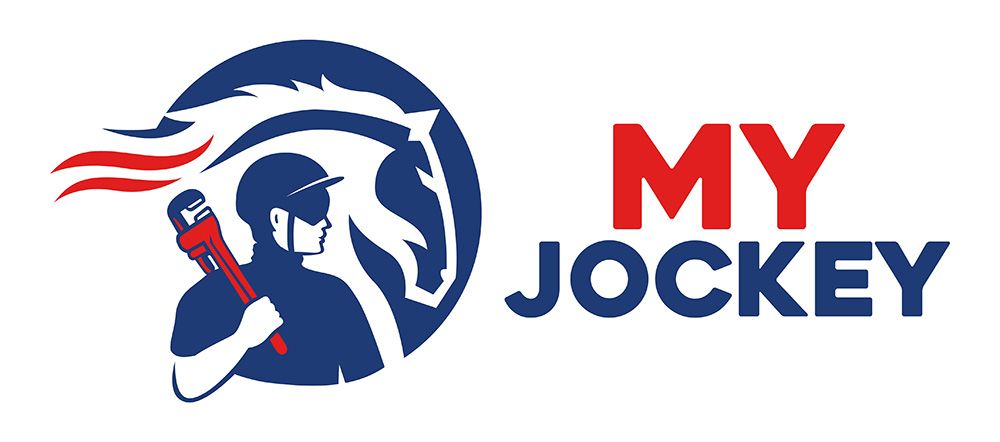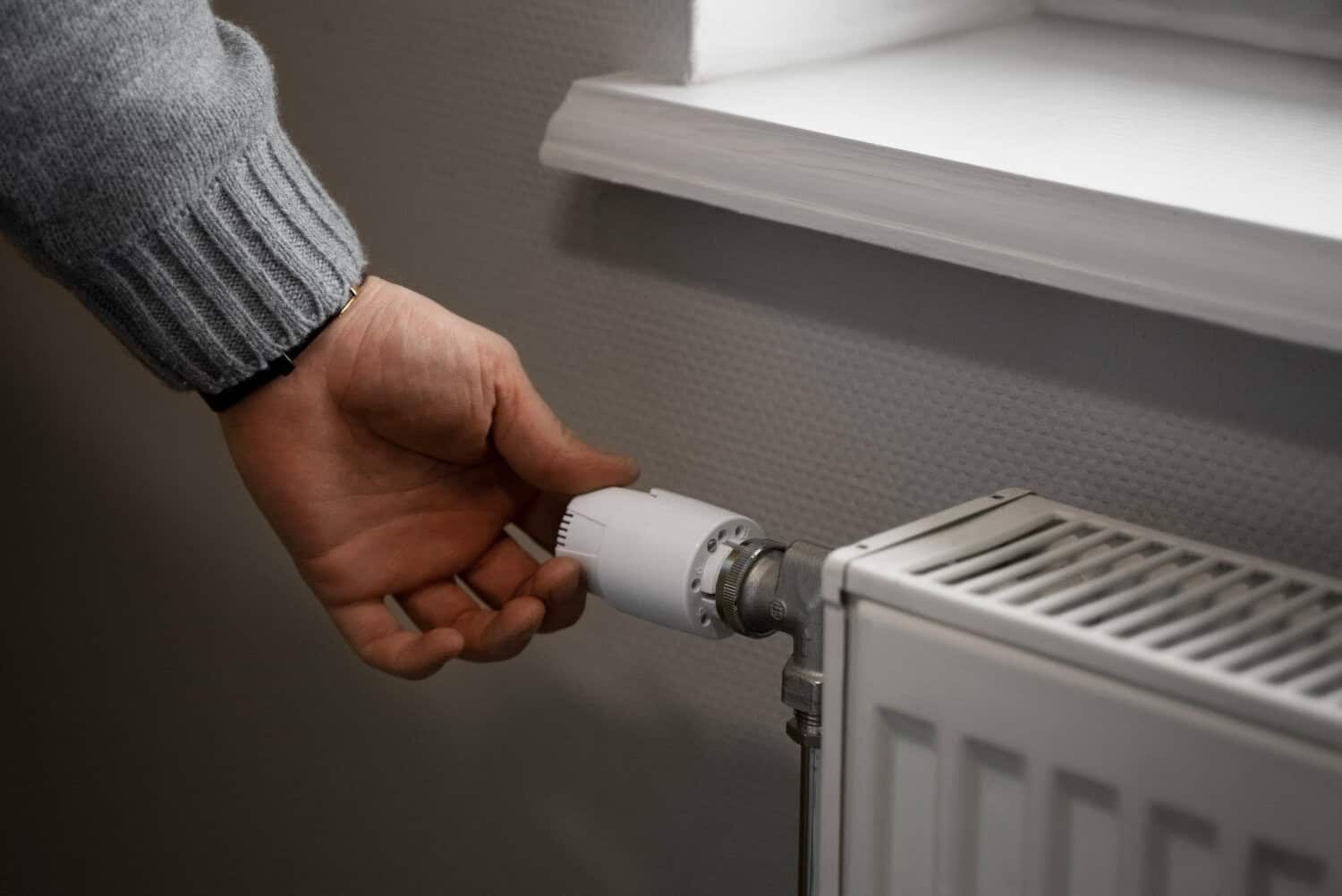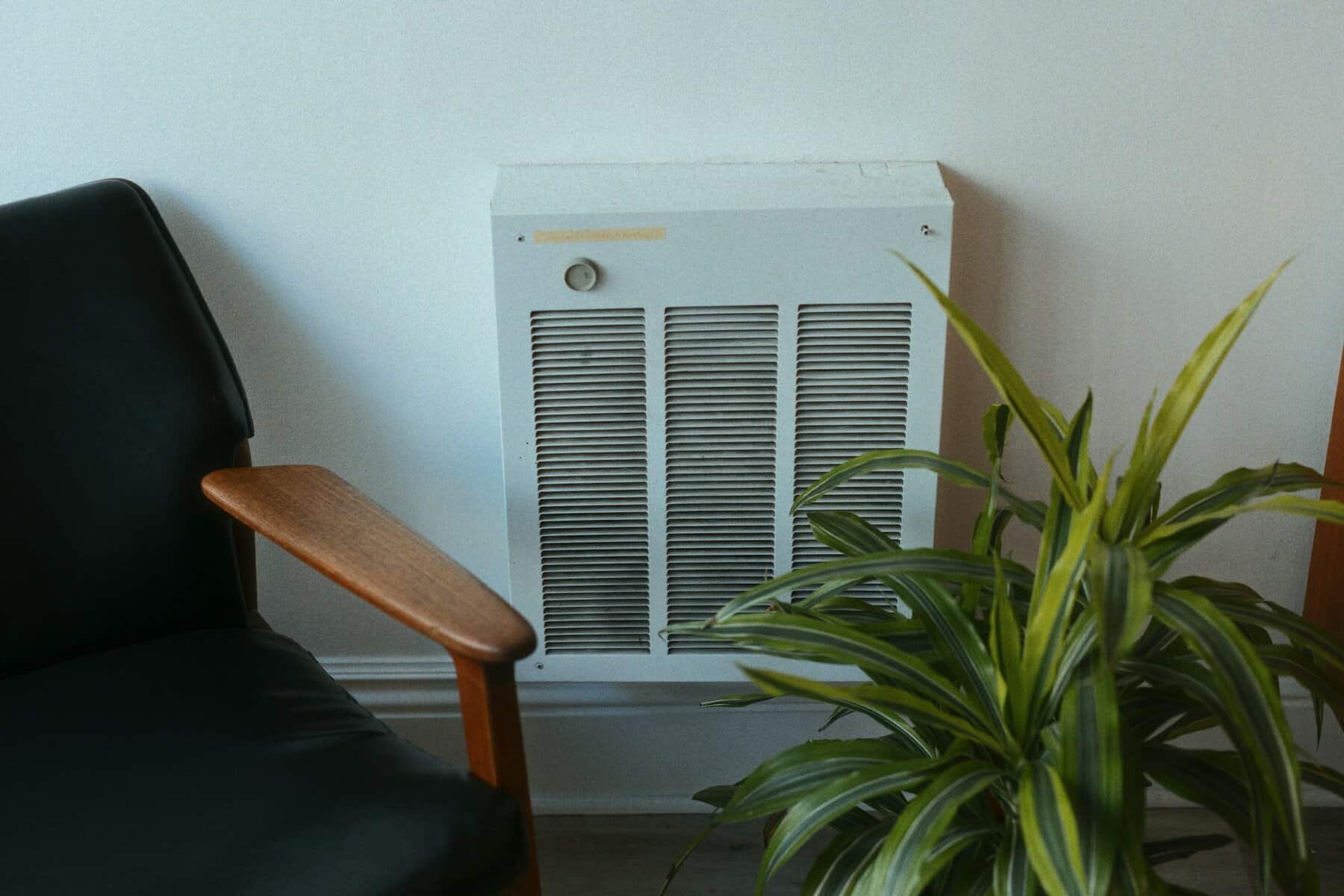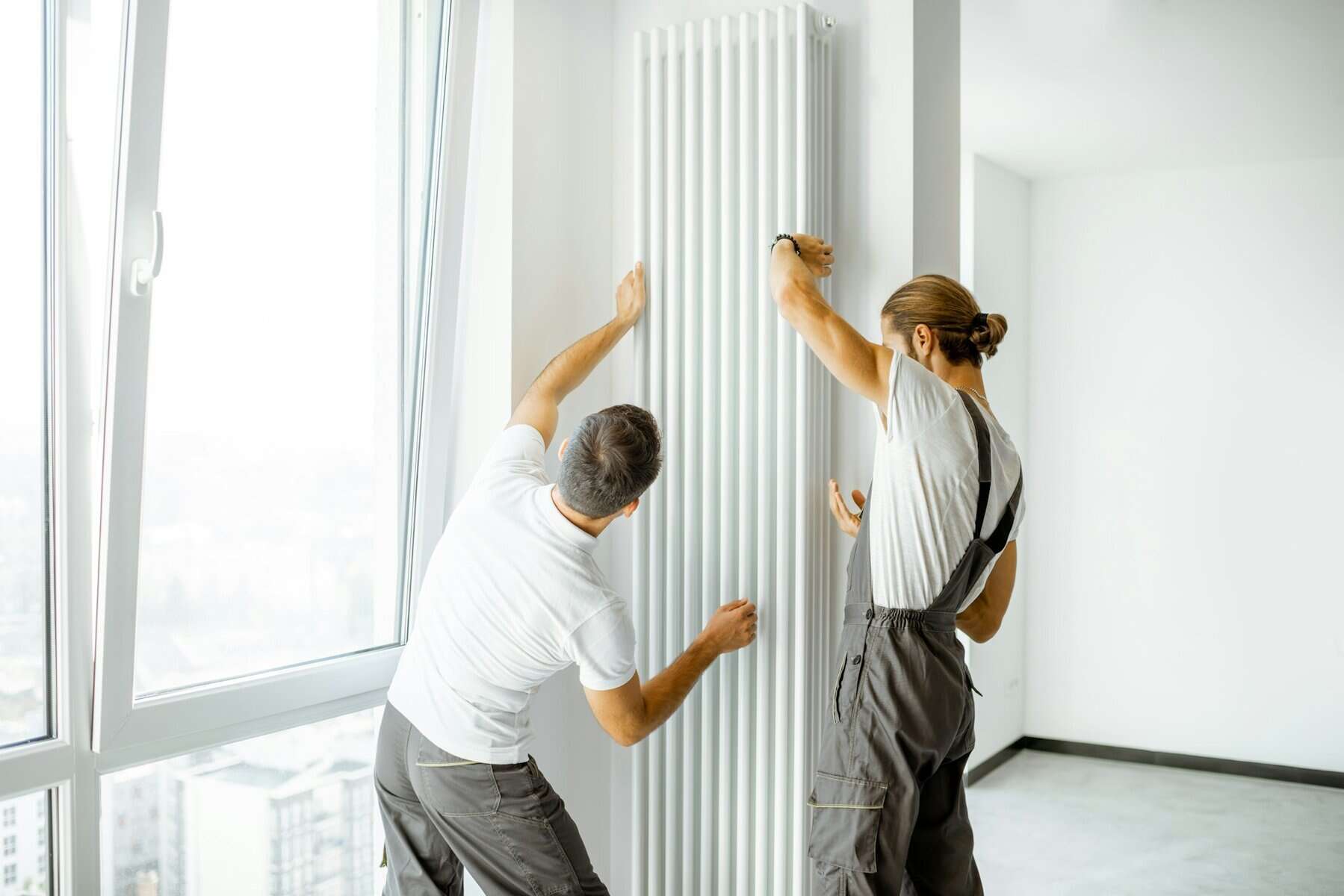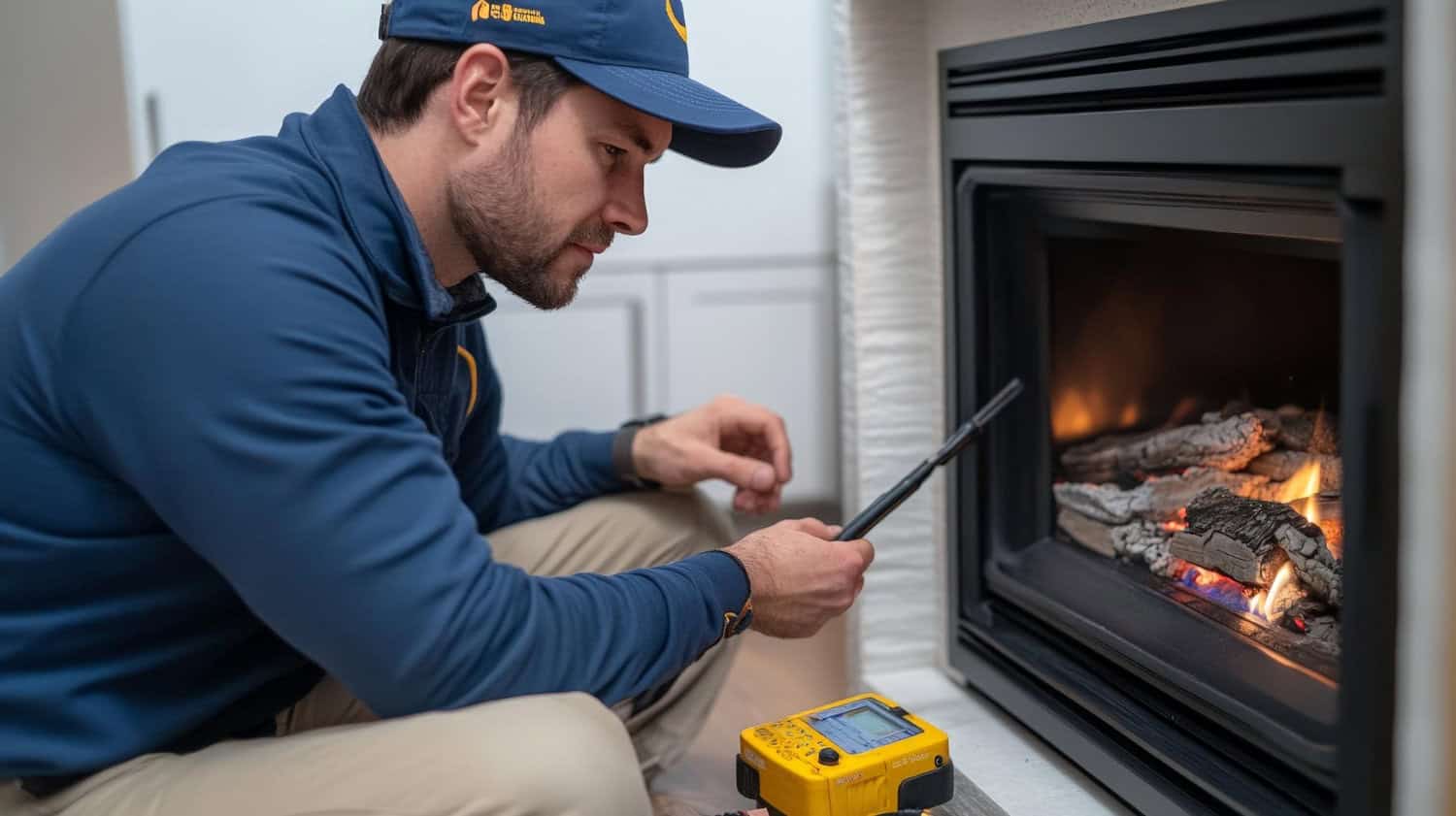Winter in Saratoga Springs, NY, can be tough. Deep snow, freezing nights, and short days mean we really rely on our furnaces to keep our homes warm and comfortable. When something goes wrong, it’s more than just annoying. It can leave the whole house feeling icy and unsafe.
We often hear from homeowners who notice small issues at first, then suddenly face a full breakdown right when they need heat the most. This is why it’s so important to recognize the early signs of trouble and know when it might be time to look into furnace replacement in Saratoga Springs, NY. Let’s talk about what to watch for and what steps to take if your furnace starts giving you trouble.
Signs Your Furnace Isn’t Working Right
There are times when something just feels “off” with your heat, even if the temperature hasn’t dropped too much yet. Paying attention to those smaller warning signs can help you avoid surprise breakdowns.
• Strange Sounds: If you hear clanking, banging, or rattling, that’s not normal. Unusual noises often mean something has come loose or worn out.
• Weak Airflow: If the warm air isn’t blowing evenly or feels weak, your system might be struggling. It could be a blocked filter or something more serious.
• Uneven Heating: Some rooms are cold while others stay warm. That’s a sign the furnace isn’t running as it should. You might have an issue with the blower or ductwork.
• Short Cycling: This happens when the furnace turns on, then off again quickly. It doesn’t run long enough to warm the home and usually points to deeper system trouble.
If any of these sound familiar, it’s a good idea not to wait. Sometimes, a small fix can prevent something bigger. Other times, these signals show your system is wearing down.
Why Winter Breakdowns Happen
Winters in Saratoga Springs test your furnace in ways that milder climates just don’t. Older systems or those already needing attention can start falling apart as the cold sinks in for weeks at a time.
• Dirty Filters: When filters clog up with dust and pet hair, your furnace has to work harder to push out warm air. It heats less and wears out faster.
• Worn Parts: Belts, motors, and igniters don’t last forever. When the same parts run nonstop all season, they can give out without much warning.
• Frozen Pipes or Lines: Long cold snaps can freeze parts of your heating system. That adds extra stress and might even shut the whole unit down.
• Carbon Monoxide Risks: When heat exchangers crack or vents clog up, dangerous fumes can build inside the house. That’s why having the system checked is more than just comfort, it’s about safety too.
According to My Jockey, our licensed professionals provide full furnace inspections and safety checks to protect your home from winter hazards, including carbon monoxide leaks. Regular inspections are especially important when systems are running every day through the coldest months.
The coldest days always seem to be the ones when things go wrong. Staying a step ahead means knowing what could push your system over the edge.
When Repairs Stop Being Enough
Sometimes, repairs fix the problem just fine. But when breaks become common or energy bills spike for no clear reason, we might be dealing with something bigger than typical wear and tear.
• Too Many Repairs: If we’re calling for service every few weeks, even small problems add up fast.
• Old Equipment: Most older furnaces lose efficiency and work harder to do the same job. Age alone can cause heat output to drop.
• Rising Bills: A furnace that runs constantly to keep up could be driving heating costs up. That’s often a sign the system is no longer working well.
My Jockey offers no-obligation replacement quotes and a range of high-efficiency furnace installations to help you lower your utility bills and enjoy reliable warmth all season. We can walk you through options that make sense for both your home size and your budget.
When a heating tech recommends furnace replacement, it’s usually because the issues are going to keep coming back. This happens a lot during cold months when older systems can’t push out the heat like they used to. Getting ahead of it may sound like a big step, but it’s one that can help you avoid stress later in the season.
Choosing the Right Solution for Your Home
Every home is different, and so is every heating setup. When dealing with problems that keep coming back, picking the right system becomes even more important.
• Home Layout: The number of floors, how big each room is, and even where windows sit all matter when choosing a replacement.
• System Type: Some homes work best with one kind of setup, while others need a different style to work efficiently in our cold climate.
• Local Weather: Furnace replacement in Saratoga Springs, NY, needs to handle long winters and serious snow. A system built for warmer spots just won’t cut it here.
Working with someone who knows local weather helps your system match both your home and the season. We focus on heat that works well during those long, windy days and keeps things steady when temps hit zero.
Safer, Warmer Winters Start with Help You Can Trust
Cold weather doesn’t leave much room for guesswork. When your furnace sounds off or stops working at all, we understand how stressful it can be. Nobody wants to get surprised by ice-cold mornings indoors or space heater backups all over the floor.
We’ve seen how the right system put in at the right time can change how winter feels. It takes planning, timing, and a good understanding of local conditions. But it can mean nights that feel cozy again and peace of mind when the next storm hits. Keeping your home safe starts by listening to what your system is telling you and knowing when it’s time to turn the page toward something better.
When your home heating system struggles to keep up with Saratoga Springs winters, an upgrade could be the best way forward. We help homeowners throughout the area choose systems that provide even heat, lasting performance, and reliable comfort all season long. When frequent repairs or increasing energy bills signal it’s time for a change, explore what’s involved in a furnace replacement in Saratoga Springs, NY and discover the signs to watch for. Call My Jockey today to schedule your appointment and get your heating back on track.
